Highlights
- Evolution from first camera phones to advanced CMOS sensors.
- Introduction of stacked CMOS and dual-layer transistor-pixel designs.
- Smartphone cameras now rival professional cameras.
- Ongoing advancements promise a future of enhanced smartphone photography.
The smartphone in your pocket is not just a communication device but a powerful camera, thanks to the remarkable evolution of camera sensors over the past few decades.
The journey from the first camera phone to the state-of-the-art sensor technology of today is a fascinating story of innovation and engineering.
Here’s a complete explanation.
The Genesis of Camera Phones
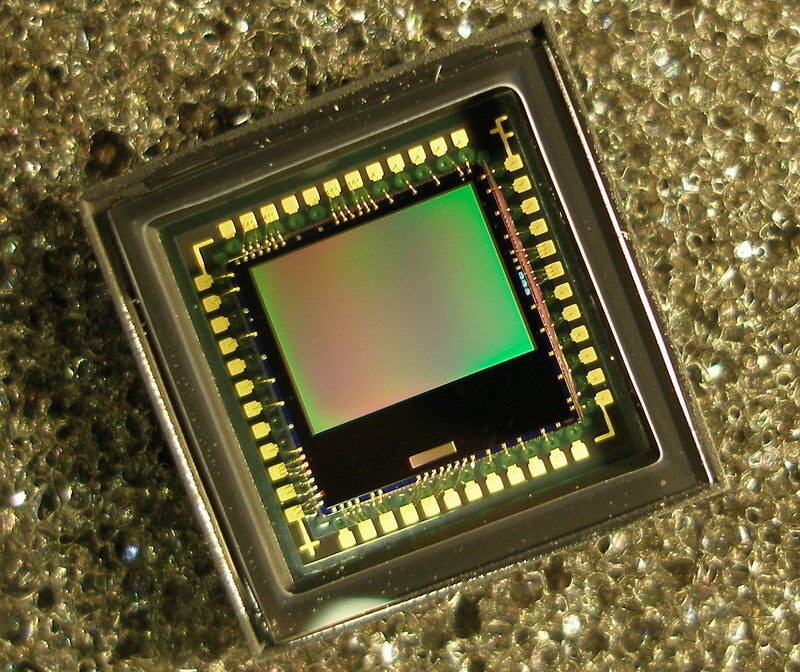
The story begins in 1994 with the filing of a patent by Nokia, envisioning a phone with an integrated camera.
This idea became a reality in 1999 with the launch of the Kyocera VP-210 Visual Phone in Japan, the world’s first commercial camera phone.
This marked the beginning of a new era in mobile technology, merging the worlds of photography and telephony.
The Heart of the Camera: CMOS Sensors
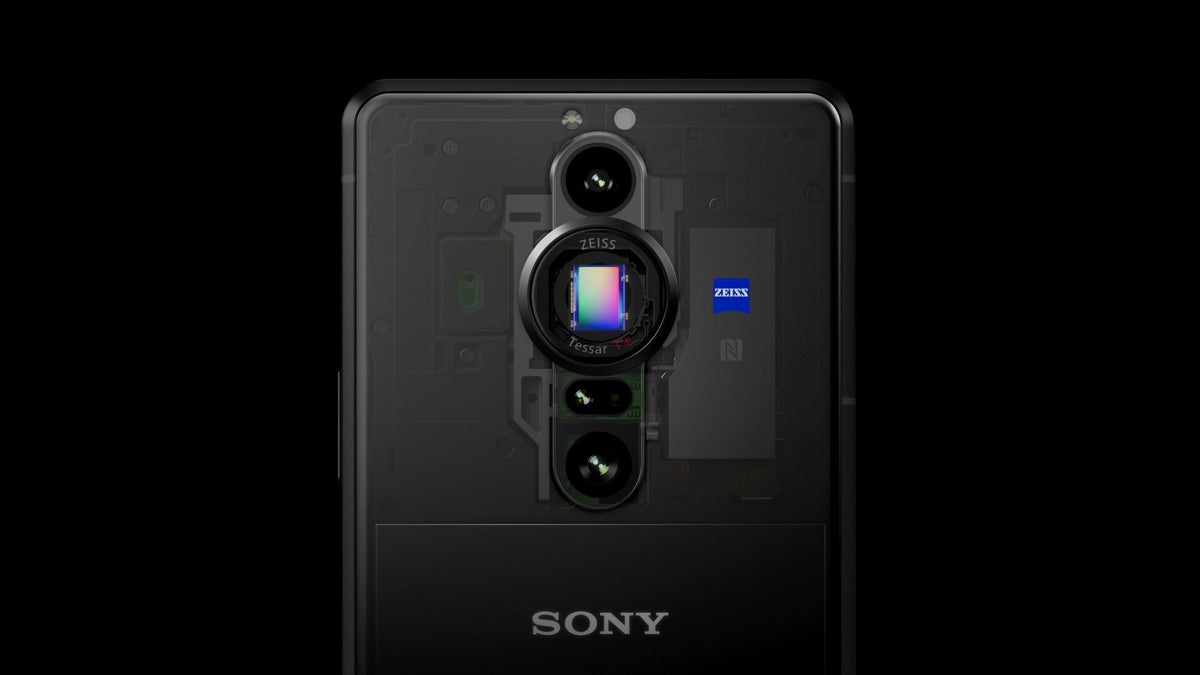
Central to a smartphone’s camera is the CMOS sensor.
CMOS stands for Complementary Metal-Oxide Semiconductor, a technology that revolutionized digital imaging.
How CMOS Sensors Work
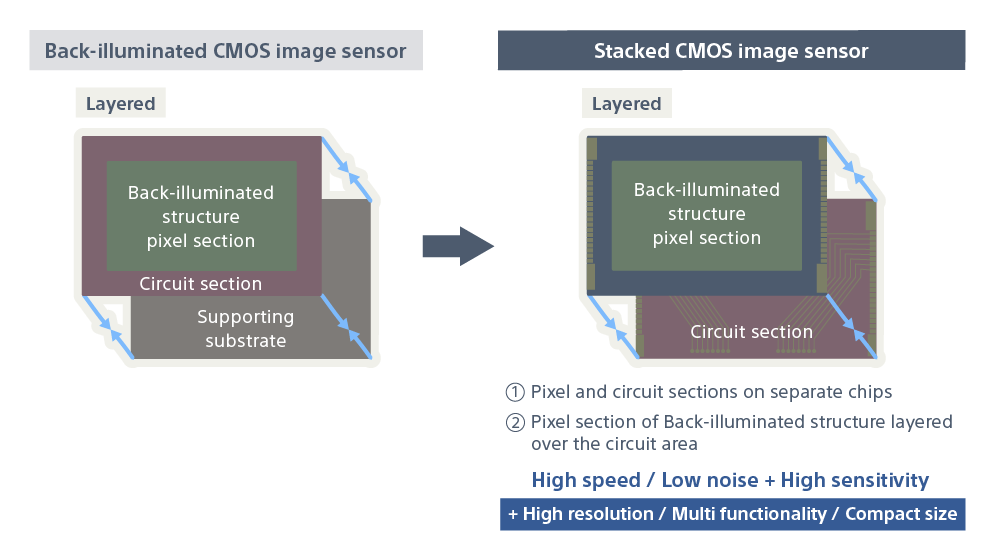
A CMOS sensor consists of an array of photodiodes, which convert light into electrical signals.
Each photodiode is paired with an active transistor that amplifies the signal.
This setup is known as an Active Pixel Sensor (APS), with each pixel actively involved in image capture and signal processing.
Evolution of CMOS Sensor Design
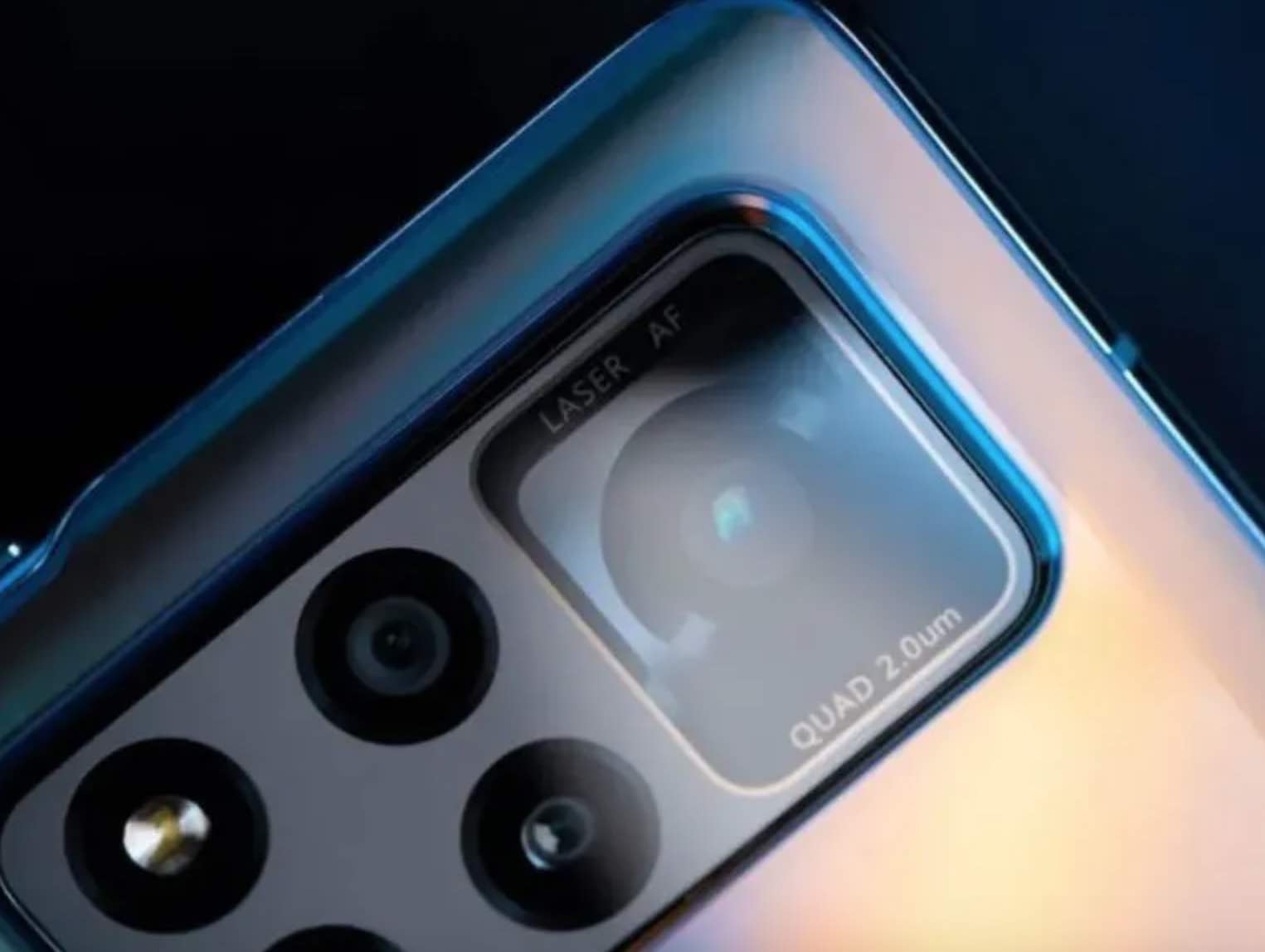
- Front-Side Illumination (FSI): Early CMOS designs had a significant flaw. The wiring was placed between the photodiode and the lens, obstructing the light path and resulting in darker images.
- Back-Side Illumination (BSI): This innovative design moved the wiring behind the photodiodes, allowing more light to reach them and thereby improving image brightness and quality. The iPhone 4, released in 2010, was one of the first smartphones to feature this technology.
- The Stacked CMOS Sensor: A Game Changer
In 2008, Taku Umebayashi of Sony started working on a new concept: stacking the photodiode layer separately from the circuit layer.
This design allowed for larger photodiodes, better light capture, and reduced noise interference from the circuitry.
Introduction to the Market: Sony introduced the first stacked CMOS sensor in 2012, bringing a significant leap in image quality, particularly in low-light conditions.
Recognition: Umebayashi’s contribution to digital imaging was recognized with several awards, reflecting the impact of this innovation on the industry.
The Dual-Layer Transistor-Pixel Design
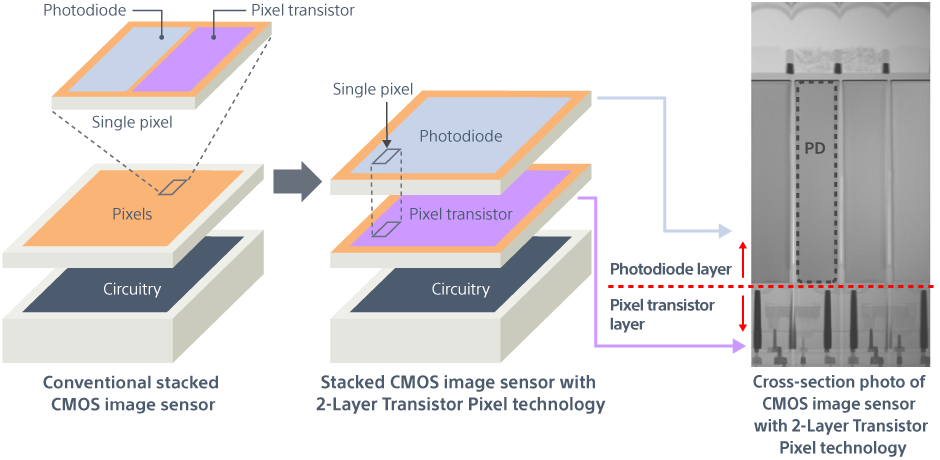
In 2021, Sony introduced another breakthrough with the 2-layer transistor-pixel CMOS sensor.
This design placed the transistor layer beneath the photodiode layer, maximizing the surface area for light capture.
Technical Advancements: This structure doubled the saturation signal level, widened the dynamic range, and reduced noise.
It also enhanced low-light sensitivity, a critical factor in mobile photography.
Commercial Adoption: Sony’s Xperia 1 Mark V was among the first to feature this sensor. Its success led to its adoption in other flagship smartphones.
Impact on Smartphone Photography

The evolution of camera sensors has had a profound impact on the capabilities of smartphone cameras:
- Professional-Quality Images: With advanced sensors, smartphones can now produce images and videos that rival those taken by professional cameras.
- Market Dominance: Sony’s leadership in CMOS sensor technology is evident, with its sensors being a critical component in many high-end smartphones.
- Accessibility: High-quality camera technology in smartphones has democratized photography, allowing more people to capture professional-grade images.
Looking Ahead
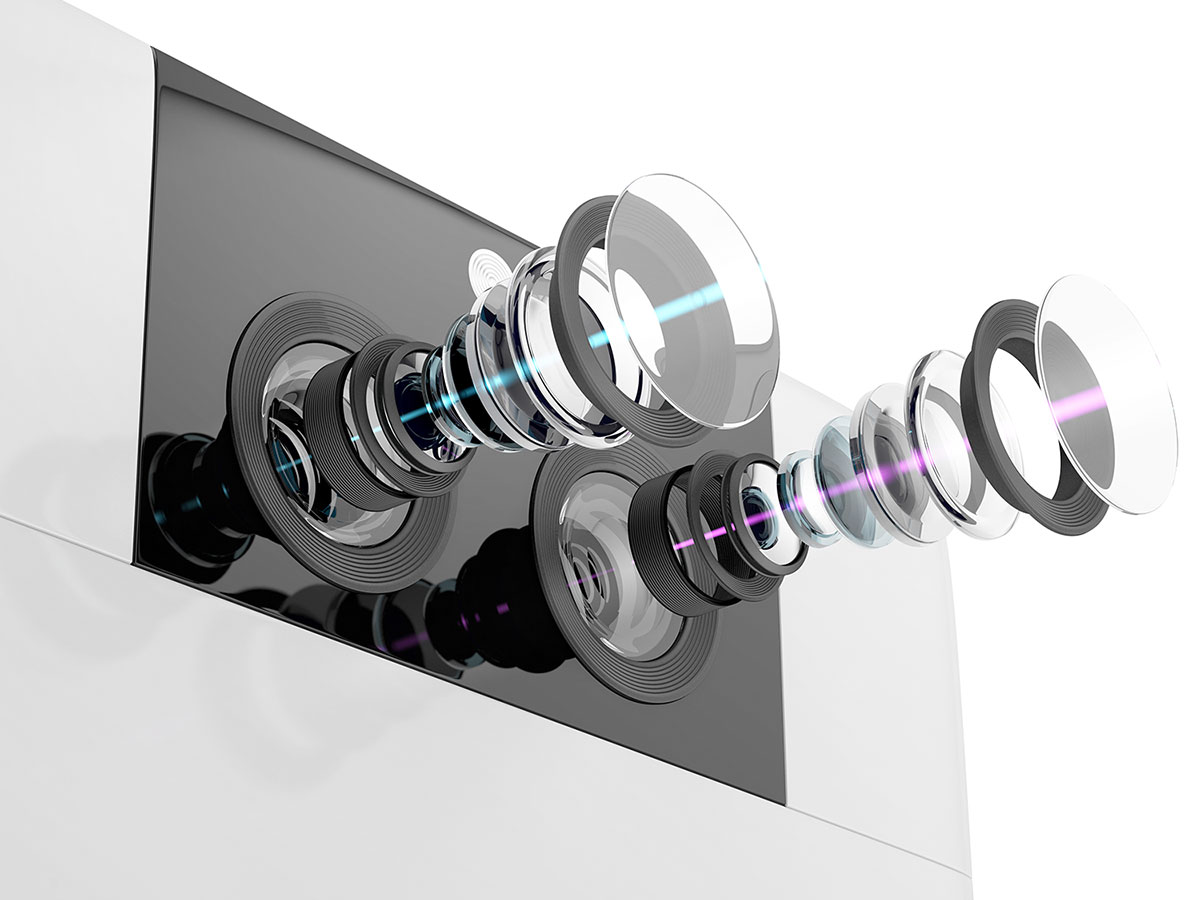
The future of smartphone photography seems poised for further breakthroughs.
With ongoing advancements in sensor technology, artificial intelligence, and computational photography, we can expect even more sophisticated and versatile camera phones.
FAQs
What are the key advancements in smartphone camera sensor technology?
Advances in smartphone camera technology have been marked by the introduction of Back-Side Illumination (BSI), stacked CMOS sensors, and the innovative dual-layer transistor-pixel design.
These developments have significantly improved image quality, especially in low-light conditions.
How has the CMOS sensor evolved in smartphones?
The CMOS sensor in smartphones has evolved from Front-Side Illumination (FSI) to Back-Side Illumination (BSI), and then to the stacked sensor design.
This evolution has led to better light capture, enhanced image clarity, and reduced noise in photographs.
What is the significance of Sony’s dual-layer transistor-pixel design in smartphone cameras?
Sony’s dual-layer transistor-pixel design in CMOS sensors represents a significant leap in technology.
By separating the transistor and photodiode layers, it allows for more light capture, improved dynamic range, and reduced noise, thereby enhancing overall image quality.
How do modern smartphone cameras compare to professional cameras?
Modern smartphone cameras, equipped with advanced sensor technology, now closely rival professional cameras.
They offer high-quality imaging, especially in terms of dynamic range, low-light performance, and color accuracy.
Also Read: Best Camera Smartphones under 25000 in India
Also Read: Top ten camera-centric, smartphones to buy for your sister on this Rakshabandhan
Also Read: Best 5 smartphones with 108-megapixel camera to buy in India
